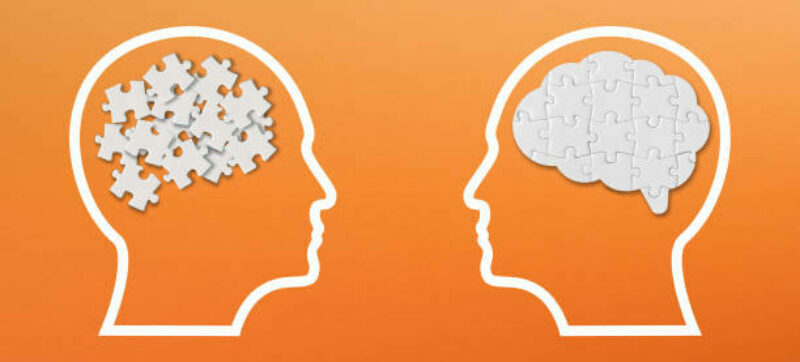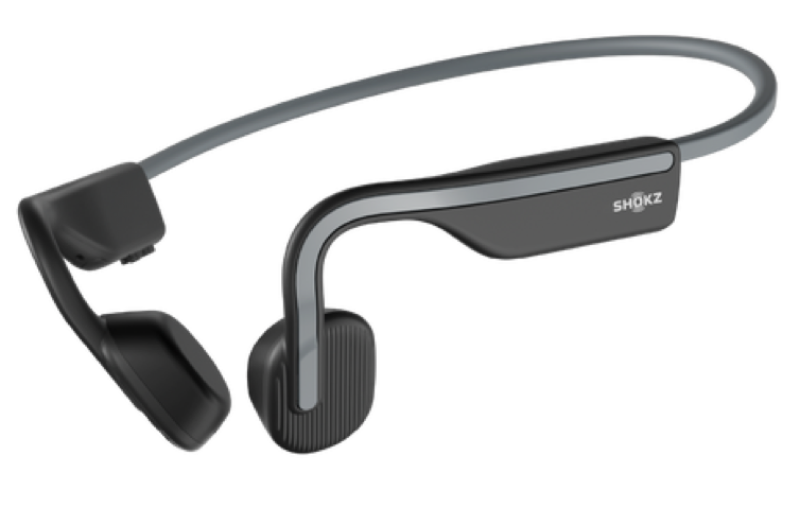
Bilateral music is music that gently shifts from one ear to the ear, and we are designed to orient towards sounds. Because of this, the two hemispheres of the brain begin to interact with each other. This gentle activation of the vestibular system of the body causes for non-invasive calming of the limbic brain (1).
We also know that pediatric and adult survivors of childhood trauma have decreased volume in the corpus collosum – the mid-line structure of the brain that connects the two hemispheres of the brain. With a corpus callosum damaged by stress hormones, the brain cannot develop healthy communication between various parts of the brain. This damage leads to impairment in coordinating learning through balancing and integrating thoughts with emotions, gaining healthy self-control (easily dysregulated) and many other vital areas of their development. (2)
Bilateral music is commonly used by Brainspotting and EMDR practitioners in order to facilitate trauma re-processing through enhancing integrative capacity, and therefore, treatment outcomes.
Personally, I am easily distracted by passing thoughts, open information loops and flutterby emotions. I listen to bilateral music to calm my brain and my nervous system, to get both sides of my brain talking to each other, so that I can better access the wholeness of my potential....particularly before I am about to give a presentation, teach a class, or lead a group.
1. Client books an emergency session to talk through an acute stressor. He listens to bilateral music while in session with me* and by the end of session is significantly calmer. Client continues to listen to bilateral music during the week and realizes all by himself that what his partner says does not match his interpretation of her words....and that this interpretation is driven by his own unresolved childhood issues.
* In session, I use around-the-ear bone conduction headphones, so that clients can listen to the bilateral music while simultaneously being able to listen to me. These headsets are commonly used by joggers and cyclists so that they can listen to music while also being able to hear for traffic and other environmental hazards.

2. Client has a session in which a monumental perceptual shift happens, and emails me reporting post-session rolling panic attacks. I invite her to raise her arms in the air and to shake her hands for a solid minute (to release the diaphragm), and then ask her to listen to the bilateral music while taking a walk if possible (bilateral movement). Panic attacks gone.
3. Client comes into the session with noticeable jitters and excess energy, which is unusual for this client. They report anxiety about an upcoming exam, and listen to the bilateral music for the duration of the session. After fifteen minutes, there was a noticeable shift: calmer, smiles, anticipation of challenge and success, creative and realistic solutions for reality-based problems.
Here is my preferred bilateral music playlist. There are many out there, so I invite you to play around with what works for you and your clients.
Warning #1: Please do not listen to this while driving.
Warning #2: With dissociative clients, monitor for dissociation as well as switching.
Sign up with your email to receive news and updates.